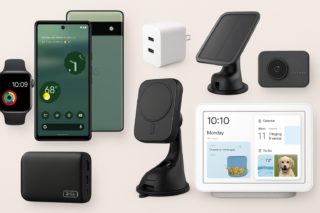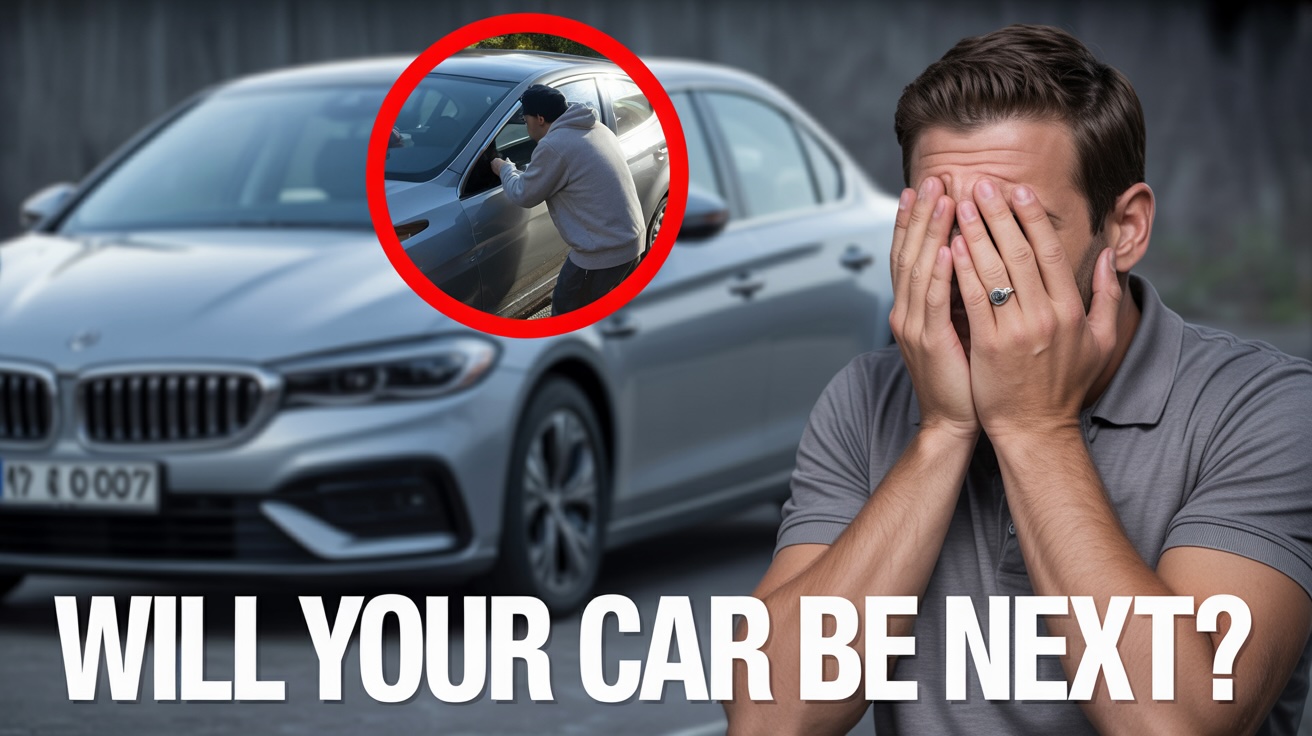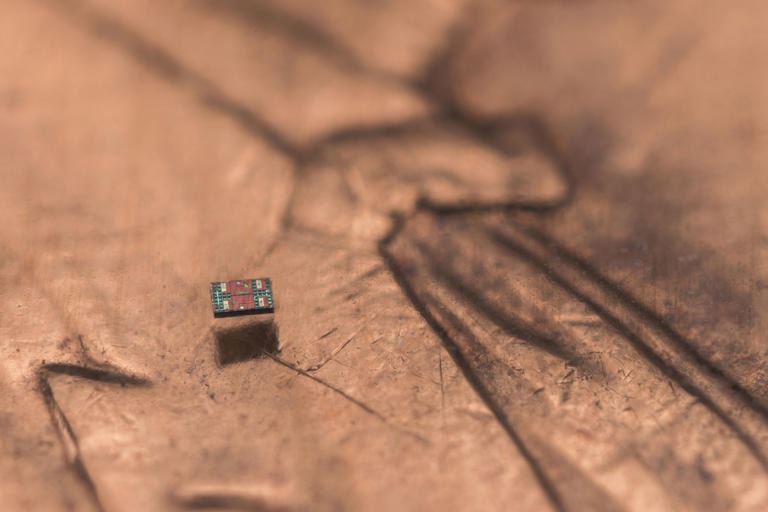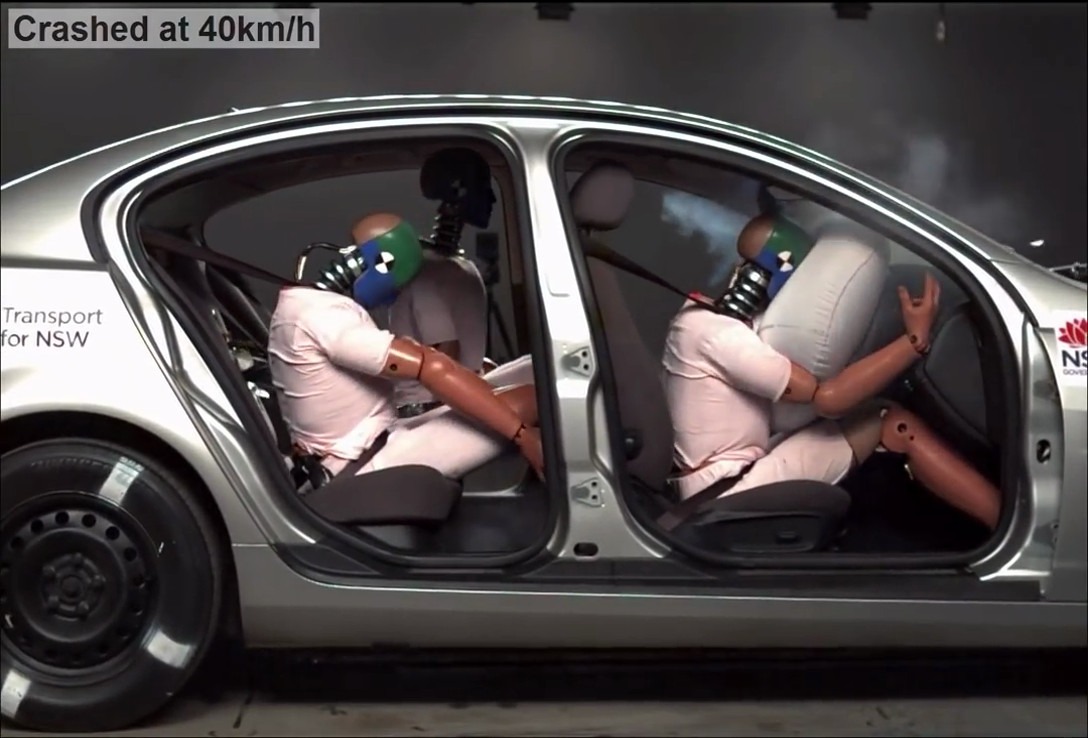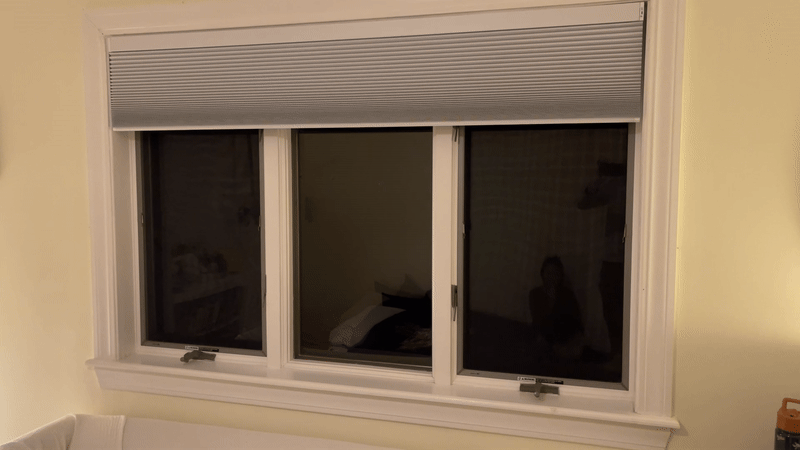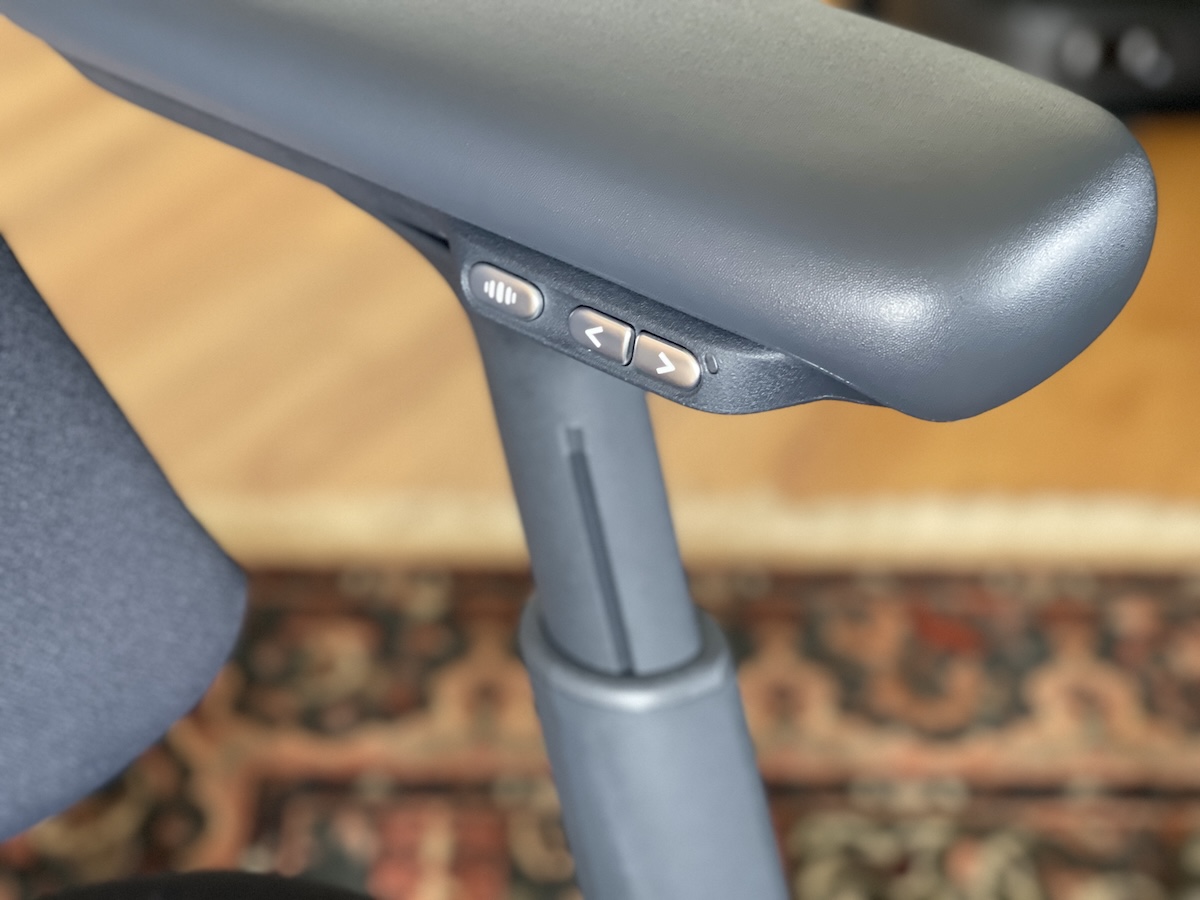From a partial glimpse of books on a shelf, ChatGPT pinpointed the exact University of Melbourne library where the photo was taken. No GPS data required. No metadata needed. Just pure visual reasoning that would make Sherlock Holmes hang up his magnifying glass.
OpenAI’s latest models (o3 and o4-mini) have quietly transformed from casual conversation partners into eerily accurate digital detectives. These upgrades can analyze architectural styles, landscape features, and even the orientation of parked cars to determine precisely where a photo was taken. Remember when “enhance!” in crime shows was just Hollywood fantasy? Welcome to 2025.
AI’s Sharp Eyes See What We Miss
Privacy experts widely agree that what appears as an innocent background detail to humans now serves as a precise geographical indicator to these AI systems. The advancement essentially turns every distinctive doorway, unique street sign, or even vegetation pattern into a potential location marker.
This capability—part impressive tech flex, part privacy nightmare—has sparked online challenges resembling the geography guessing game GeoGuessr. Users upload images, and AI responds with startlingly specific location data. Like that time, the system identified Suriname from nothing more than the orientation of vehicles on a road. (Left-hand drive cars on the left side of the road, if you’re curious.)
When Fun Geography Games Turn Serious
But the fun stops where the privacy invasions begin. That innocent brunch pic with a distinctive building in the background? It might as well include your home address and an invitation to stop by.
According to multiple digital rights organizations, these models can piece together location data across multiple social media posts to create a comprehensive picture of someone’s movements and routines. The potential for stalking and harassment isn’t theoretical—privacy advocates point to increasing reports of social media users experiencing unwanted contact after sharing location-revealing images, a growing concern amid the rise of AI-generated fraud.
Real Privacy Risks, Not Just Hypotheticals
Privacy incidents related to image sharing have become increasingly common. Many social media users report experiences where seemingly innocent details in photos—from distinctive hotel carpets to reflected street signs—have led to their locations being compromised.
OpenAI acknowledges this in the privacy policy on their website and states they are implementing safeguards—training models to refuse requests for private information and building protections against identifying individuals in images. The company emphasizes their commitment to responsible deployment of this technology, though specific details about these safeguards remain limited.
Technical Limitations and Balancing Benefits
The technology remains imperfect. Sometimes it falters, making incorrect assessments or getting stuck in analytical loops when data points are insufficient. Like a detective with too few clues, there are limits to its deductive reasoning.
Emergency response professionals and privacy experts continue to debate the balance between beneficial applications, such as locating missing persons or disaster victims, and the serious privacy implications these tools present.
Protecting Yourself in the Age of AI Detectives
- Visible street signs or landmarks
- Distinctive building architecture
- Region-specific vegetation
- Reflective surfaces showing more than intended
- Multiple posts that might reveal location patterns
The evolution from “pics or it didn’t happen” to “no pics because privacy matters” represents a fundamental shift in our relationship with visual sharing. In a world where AI can identify your location from a bookshelf, perhaps the most valuable digital skill isn’t capturing the perfect shot—it’s knowing when to keep the camera app closed.





